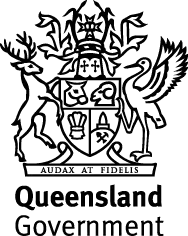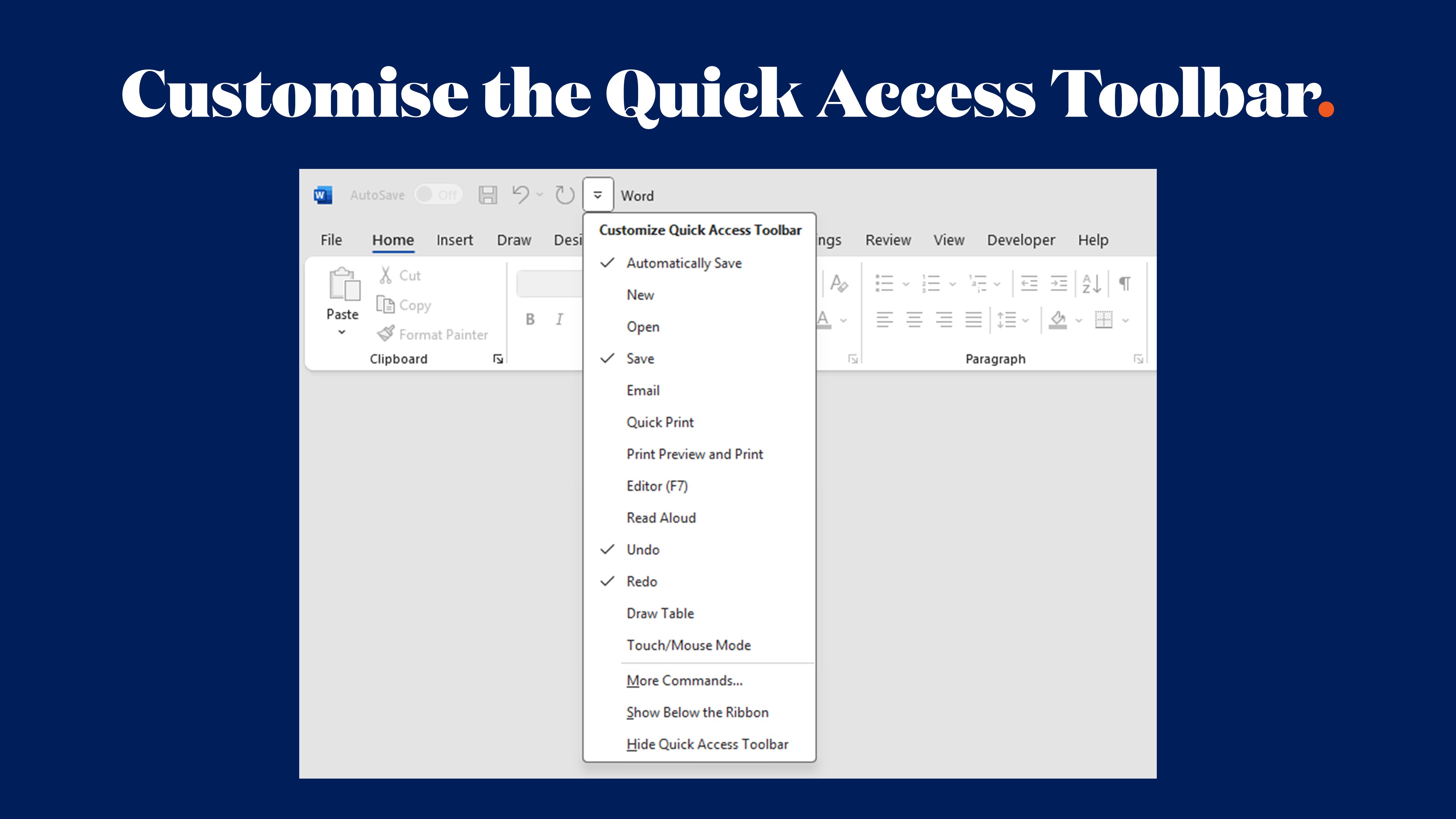10 Must-Have Features in a Winning Microsoft Office Template

In today’s fast-paced business world, time is money, and efficiency is key. Microsoft Office templates for Word, Excel, PowerPoint, and Outlook are powerful tools that save time, streamline workflows, and maintain brand consistency. However, not all templates are created equal. A truly winning Microsoft Office template goes beyond basic formatting to include features that enhance usability, accessibility, and productivity.
In this article, we’ll cover the 10 must-have features that every great Microsoft Office template should include. Whether you're creating Word documents, Excel spreadsheets, PowerPoint presentations, or Outlook emails, these features will ensure your templates are professional, functional, and future-proof.
1. Pre-Set Styles for Consistent Formatting
Consistency is the hallmark of a professional document, and pre-set styles are critical for ensuring all text elements—headings, subheadings, body text, and captions—are formatted the same way across all templates.
Why It’s Important:
- Saves time by removing the need to manually format text.
- Maintains a consistent look and feel across documents, enhancing brand identity.
- Helps users focus on content creation instead of formatting.
💡 Example: A Word template for proposals should include pre-set styles for headings (e.g., Heading 1, Heading 2), bullet points, and paragraph spacing, all aligned with your brand's fonts and colours.
2. Easy-to-Update Placeholders
Placeholders make templates user-friendly by guiding users on where to insert content such as text, images, or data. They eliminate guesswork and ensure that documents or presentations are formatted correctly.
Why It’s Important:
- Speeds up document creation by providing a clear structure.
- Reduces errors and inconsistencies in layout or formatting.
💡 Example: A PowerPoint template might include placeholders for titles, bullet points, and images, ensuring users know exactly where to add their content without disrupting the design.
3. Brand Integration
A winning Microsoft Office template should seamlessly integrate your company’s branding, including logos, fonts, colours, and other visual elements. This ensures every document, presentation, or spreadsheet reinforces your brand identity.
Why It’s Important:
- Builds trust and professionalism by creating a cohesive brand experience.
- Eliminates off-brand documents or presentations created by employees.
💡 Example: An Excel template for financial reporting should include your company logo in the header, your brand colours for charts and graphs, and your brand fonts for all text elements.
4. Accessibility Features
Making your templates accessible ensures they can be used by everyone, including individuals with disabilities. Accessibility features like alt text, high contrast, and readable fonts are essential in modern templates.
Why It’s Important:
- Promotes inclusivity and compliance with accessibility standards (e.g., WCAG).
- Ensures documents are usable by people who rely on screen readers or keyboard navigation.
💡 Example: A Word template for company policies could include alt text for images, high-contrast text colours, and a navigation-friendly table of contents.
5. Mobile Compatibility
With more people working on the go, it’s essential that your templates are optimised for mobile use. This includes ensuring they look good and function properly on tablets, smartphones, and smaller screens.
Why It’s Important:
- Allows users to view and edit documents on any device, anywhere.
- Ensures presentations and reports are responsive across different screen sizes.
💡 Example: A PowerPoint template should use large, legible fonts and avoid overly detailed visuals that could be difficult to see on mobile screens.
6. Custom Ribbons and Shortcuts
Custom ribbons in Microsoft Office apps allow you to create a personalised toolbar with shortcuts to frequently used tools or features. These can save time and make templates even more efficient.
Why It’s Important:
- Simplifies the workflow by placing essential tools at the user’s fingertips.
- Reduces the need to navigate through multiple menus to access key features.
💡 Example: A Word template for reports might include a custom ribbon with shortcuts for adding charts, bulk formatting charts, tables or pages, or inserting from pre-designed layout options.
7. Built-In Automation Features
Templates that include automation features like pre-defined formulas, macros, or dynamic fields can help reduce repetitive tasks and improve accuracy.
Why It’s Important:
- Speeds up workflows and reduces manual errors.
- Ensures calculations, data formatting, or repetitive tasks are handled consistently.
💡 Example: An Excel template for sales tracking could include pre-set formulas to calculate totals, averages, and percentages automatically, along with conditional formatting to highlight key metrics.
8. Multiple Layout Options
A single template doesn’t have to look the same on every page or slide. Winning templates offer multiple layouts and design options to accommodate different types of content.
Why It’s Important:
- Provides flexibility while maintaining brand consistency.
- Allows users to tailor documents or presentations to their specific needs.
💡 Example: A PowerPoint template might include layouts for title slides, content slides, image-heavy slides, and data visualisation slides, ensuring users have options for every type of content.
9. Compatibility Across Office Versions and Devices
Templates should be compatible with different versions of Microsoft Office (e.g., Office 365, 2019, and 2016) and work seamlessly across Windows and Mac platforms.
Why It’s Important:
- Ensures all team members can use the templates, regardless of their software or operating system.
- Avoids formatting issues when files are shared between users with different Office versions.
💡 Example: Test your Excel, Word, and PowerPoint templates across multiple devices and Office versions to ensure they display and function correctly.
10. Built-In Guidance for Users
A truly user-friendly template includes built-in guidance, such as instructions or tips, to help users make the most of the template without requiring additional training.
Why It’s Important:
- Reduces the learning curve for new employees or team members.
- Ensures users apply the template correctly and consistently.
💡 Example: A Word template for contracts might include tooltips or comments that guide users on how to customise specific sections, such as client details or payment terms.
Why These Features Matter
By incorporating these 10 features into your Microsoft Office templates, you can:
- Save Time: Pre-defined layouts and automation features eliminate repetitive tasks.
- Enhance Consistency: Built-in branding ensures every document looks professional and on-brand.
- Boost Usability: Accessibility, guidance, and mobile compatibility make templates easy to use for everyone.
- Improve Collaboration: Custom ribbons, automation, and layout options streamline teamwork and ensure all users are working with the same tools.
Whether it’s a branded PowerPoint template for presentations, a polished Word template for reports, or a functional Excel template for data analysis, great templates are an investment that pays off in productivity, professionalism, and brand strength.
Conclusion
A well-designed Microsoft Office template is more than just a blank canvas—it’s a tool that simplifies workflows, reinforces branding, and empowers your team to create high-quality, professional documents with ease. By including features like pre-set styles, placeholders, automation, and accessibility, you can create templates that truly stand out.
At Ideaseed.com.au, we specialise in crafting bespoke Word templates, Excel spreadsheets, Outlook newsletters and PowerPoint presentations that incorporate all these must-have features. Let us help you take your business documents to the next level with templates that save time, ensure consistency, and elevate your brand.
FAQs
1. Can I create templates for all Microsoft Office apps?
Yes, you can create customised templates for Word, Excel, PowerPoint, and even Outlook. Each app allows you to save documents with pre-set formatting and branding for future use.
2. How do placeholders work in templates?
Placeholders are pre-defined spaces in a template (e.g., text boxes, image slots) that guide users on where to insert specific content without disrupting the layout or design.
3. What’s the benefit of using custom ribbons?
Custom ribbons provide quick access to frequently used tools and features, saving time and improving workflow efficiency.
4. How do I make my templates mobile-friendly?
Use large fonts, simple layouts, and high-contrast colours to ensure templates are readable and functional on smaller screens like smartphones and tablets.
5. How do automation features work in Excel templates?
Automation in Excel templates can include pre-set formulas, macros, and conditional formatting that perform calculations, format data, and highlight key information automatically.
who we work with





.svg)
.svg)
.svg)
.svg)







%20(2).avif)



.svg)



















.svg)




















.svg)
.svg)
.svg)
.svg)







%20(2).avif)
The ideaseed difference
We’re fast. Really fast
We know time is of the essence, so we pride ourselves on quick, efficient delivery without sacrificing quality. Whether you have a tight deadline or need a last-minute update, our team is committed to delivering polished results within even the tightest timeframe.
We’re reliable. Always
Our clients trust us because we consistently deliver beautiful, high-quality work. We understand the importance of dependable tools in your business, and we never compromise on quality or functionality.
We go the extra mile
We don’t just meet expectations; we exceed them. We take the time to understand your needs and find creative, tailored solutions that make your work easier and more effective. Our commitment to going above and beyond means you get more than just a template — you get a partner who genuinely cares about your success.

